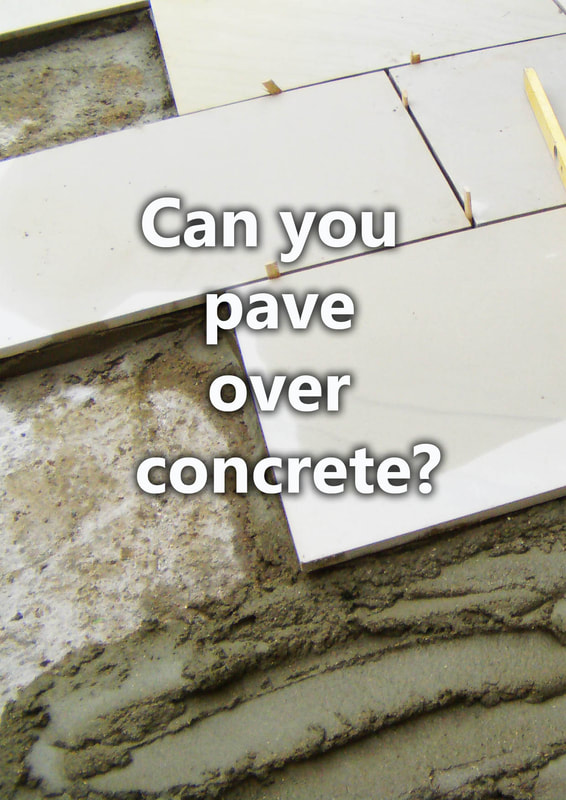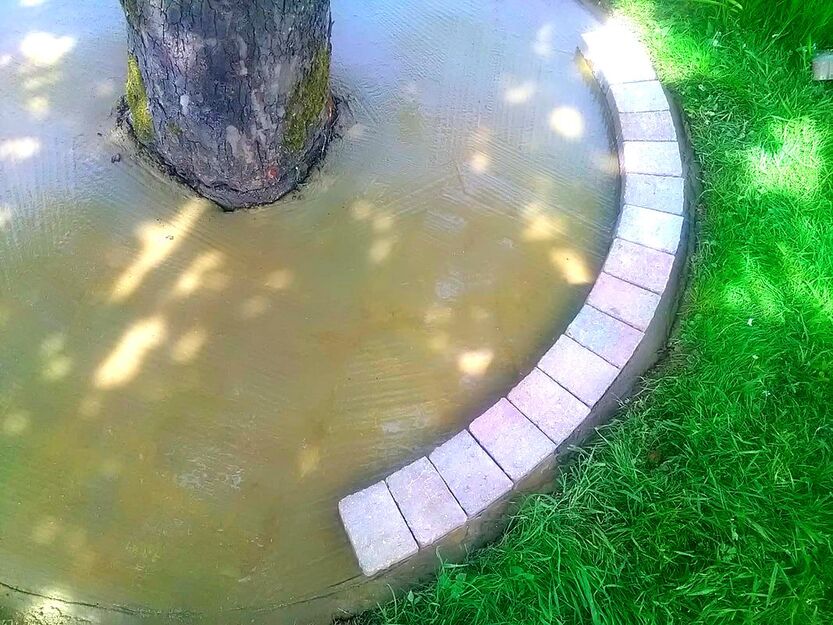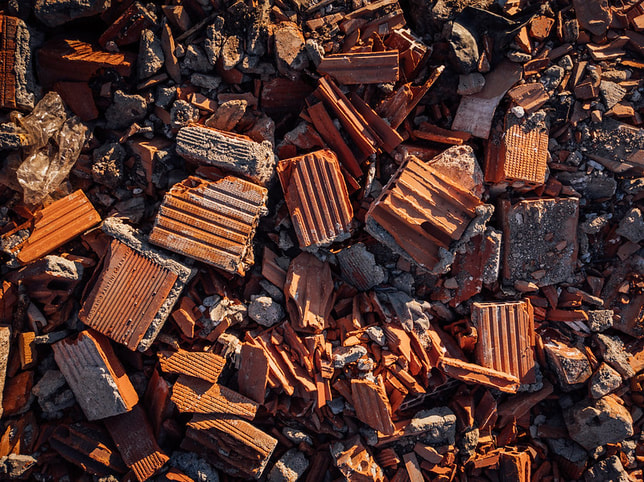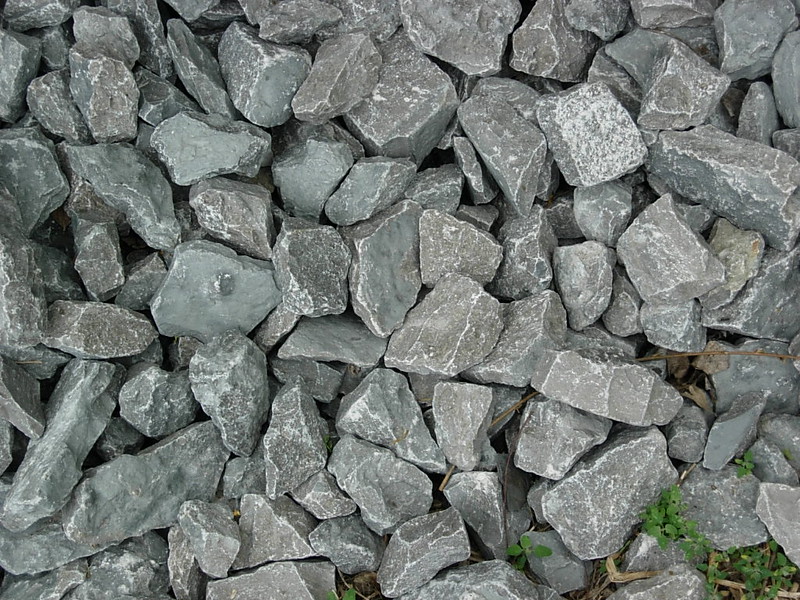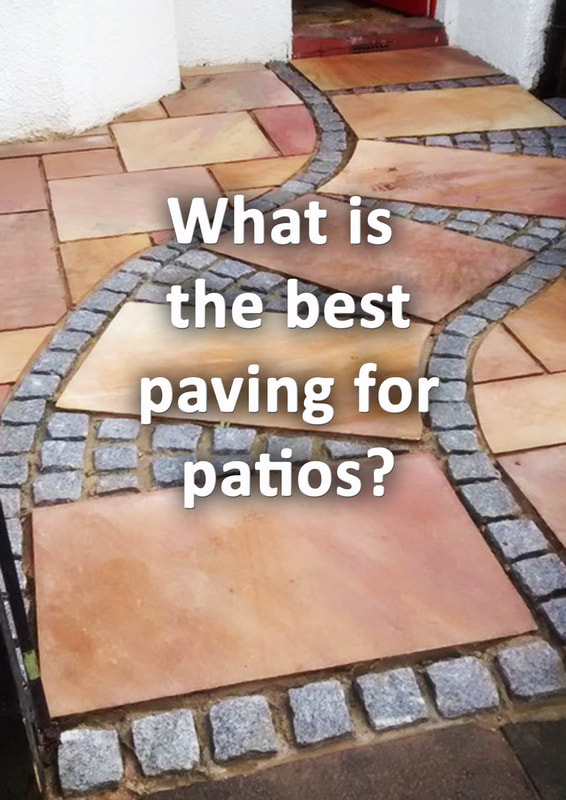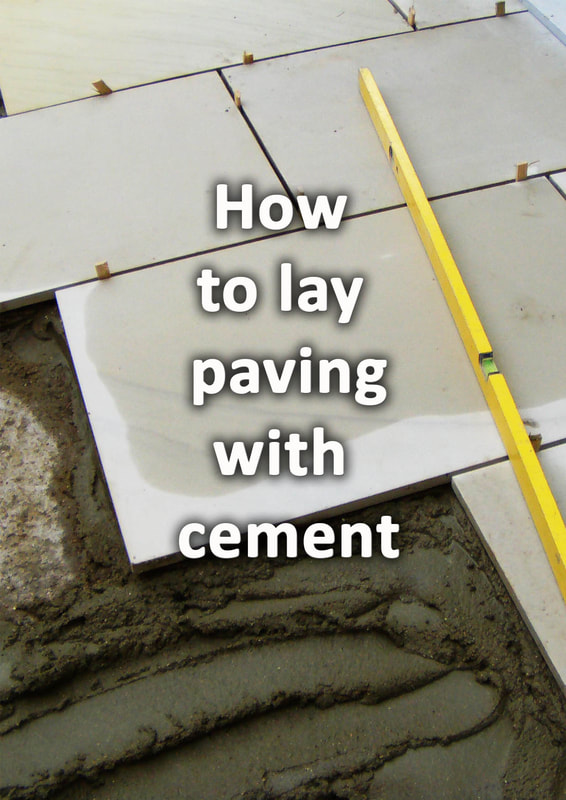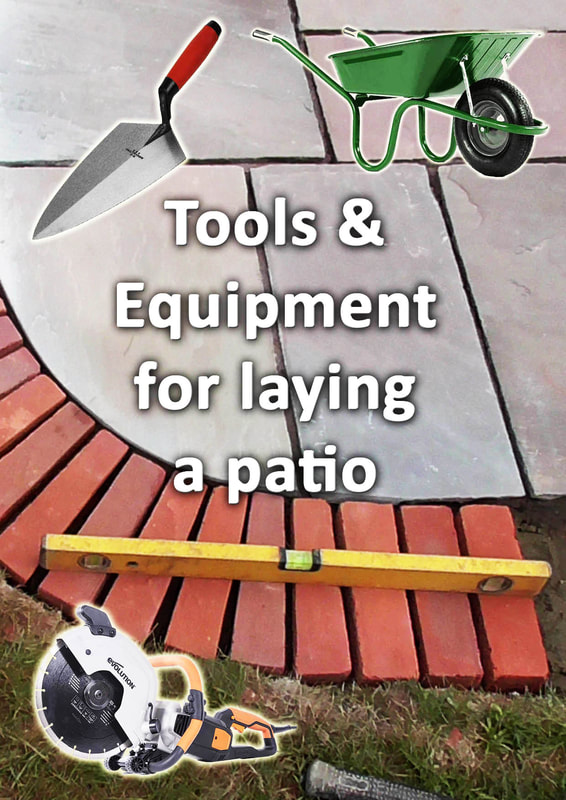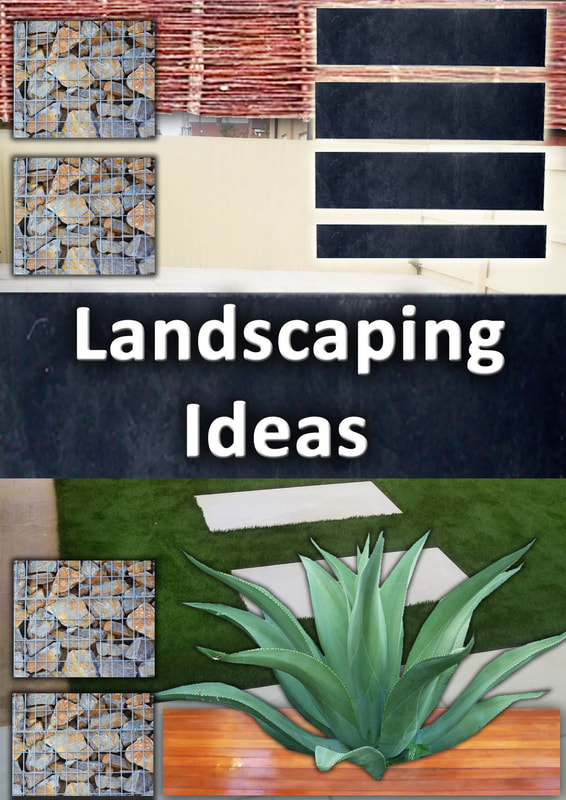|
This article contains affiliate links
Concrete is a solid material with an extremely high compressive strength. However, if concrete is suitable to pave over or not will depend on some further inspection.
If the concrete is a continuous solid mass with no sign of cracking or movement it is probably ok to pave over. If the concrete is cracked or heavily fragmented it means it is thin and poorly based. This means it is not ideal to pave over! In this scenario you should break out the existing concrete. However it is important to realise that it is always best to break out old concrete if you can. This is because you do not know what is under the concrete. Most commonly existing concrete slabs do not provide the ideal height you want for your new paving. However breaking and getting rid of concrete is expensive so this is a judgement you must make.
Large slabs of continuous, buried, concrete can move independently over time. This is why most concrete areas have expansion joints built in. Type 1 compactable hardcore is much better for basing patios as there is some tolerance to ground movement.
When breaking out old concrete and excavating for patios and driveways make sure you excavate to correct depths. For driveways you should dig out a base of 225-250mm. That’s allowing 150mm of compactable sub base, 50mm of sand or mortar and 50mm for blocks or 20mm for paving. For pedestrian traffic you will need to excavate to a depth of between 150-175mm. That’s allowing 100mm of compactable sub base, 40mm of mortar and 20mm for paving. Can you bury broken concrete under new paving projects?
In a perfect world you want a consistent and evenly graded sub base aggregate. You can bury broken concrete under new paving projects if it is broken up and evenly graded. This reused concrete should be buried at the very base of the excavation and topped with mot type 1. Larger sections of buried concrete can lead to settlement if not broken up well. Only bury large sections of concrete if they have a flat surface and laid flush with a flat excavation base. This way there will be no settlement over time. Crushed concrete verses mot type 1 which is best?
Mot type 1 is a crushed stone aggregate typically used to base hard wearing surfaces. In fact type 1 is used to base under roads, motorways and even runways. This aggregate is traditionally made up of evenly graded particles of granite and limestone. The geological properties of these rocks crush down into angular particles with relatively flat edges. It is these angular particles which enable the aggregate to compact so effectively in a tight manor.
When type 1 aggregates are subject to a process of vibro-compaction they lock together. This is normally carried out with a whacker plate. The resulting surface has a very high compressive strength which can bite into soft subsoil’s.
Crushed concrete is exactly what the name suggests and is also used extensively for surfacing. This is popular on large sites to base routes for heavy machinery and is cheaper than mot type 1. Crushed concrete is a much better basing material for paving when graded to a size of 40mm. However I personally find crushed concrete does not compact as well as type 1 and feels softer under foot. For rigid paving construction bedded and jointed with mortar type 1 is a much better choice.
If you are considering building your own landscaping project why not visit our Resources page or Essential tools list?
'As an Amazon Associate I earn from qualifying purchases'
16 Comments
4/5/2022 12:19:21 am
Thanks for discussing about paving over concrete and how we can also use aggregates that can produce a good compressed surface. I'm looking into this since we would want our driveways to be paved. I hope there are nearby pavers that would work within our budget.
Reply
5/17/2022 01:14:16 pm
When you pave over concrete with asphalt, these expansion joints will cause the asphalt surface to shift over time potentially creating cracks and bumps.
Reply
1/26/2023 02:22:35 am
Landscape Gardeners discusses the feasibility of paving over concrete. The post covers the pros and cons of the technique, and the steps involved in the process. The post is informative and well-written, providing a good understanding of the topic for those in the landscaping industry.
Reply
3/10/2023 01:41:13 am
In this blog post, the experts at Buckinghamshire Landscape Gardeners address the issue of whether or not you can pave over concrete. The article is full of useful information and suggestions on how to get the concrete surface ready and what to think about before you get started. An interactive and interesting resource, the article features a comments section where readers can share their thoughts and ask questions.
Reply
Thanks for helping me understand that breaking the old concrete has to be done before laying out the new paving. This information has helped me understand what processes will be taking place when I hire concrete surface paving services this month. It's to improve the house before I sell it this year once its value has increased after getting things repaired and replaced.
Reply
4/24/2023 09:51:33 pm
Yes, it's possible to pave over existing concrete, but the condition of the concrete, thickness of the new pavement, and type of pavement material should be considered. Consult with a professional to determine the best approach for your specific situation.
Reply
4/25/2023 12:57:24 am
Paving over existing concrete can be a practical and cost-effective solution for improving the appearance and functionality of a space. I appreciate the information and guidance provided in this article, such as the importance of preparing the concrete surface properly, choosing the right type of pavers, and ensuring proper drainage. As someone who has worked on landscaping projects before, I can see how this article can be a valuable resource for homeowners and contractors alike.
Reply
6/12/2023 06:40:54 am
In a recent post on their blog, Buckinghamshire Landscape Gardeners explores the idea of paving over concrete surfaces. This article provides information and insights into the procedure, considerations, and benefits of paving over existing concrete. Discussions on particular paving projects, personal experiences with paving over concrete, or inquiries requesting greater facts concerning the practicability of such projects may be included in the comments section of this article.
Reply
7/13/2023 02:03:09 am
Information about is provided in this article. Concrete has a very high compressive strength and is a solid substance. However, additional testing will be required to determine whether or not the concrete can be paved over. It is safe to pave over concrete if it is one solid mass with no cracks or other signs of movement. We appreciate you sharing this with us and hope you will continue to do so in the future.
Reply
9/20/2023 07:33:09 pm
I enjoyed reading your articles. This is truly a great read for me.
Reply
12/4/2023 06:23:55 am
The detailed exploration of the advantages and considerations of such a project is both enlightening and practical. The step-by-step breakdown of the process, including site preparation and the types of pavers suitable for overlaying concrete, is particularly useful for readers contemplating a paving project. The inclusion of potential challenges and solutions demonstrates a realistic approach to the topic. Overall, this article serves as a valuable resource for homeowners looking to enhance their outdoor spaces by paving over existing concrete surfaces, offering a well-rounded understanding of the feasibility and steps involved in such a venture.
Reply
12/10/2023 07:56:50 pm
The detailed explanation of the process, potential challenges, and benefits of paving over existing concrete provides valuable insights. I appreciate the consideration of various factors, such as drainage and the condition of the existing concrete, to help readers make informed decisions. The inclusion of before-and-after images enhances the visual understanding of the transformation possible through this landscaping approach. Overall, this article serves as a useful resource, offering practical information and considerations for individuals looking to enhance their outdoor spaces by paving over concrete. Well done!
Reply
2/13/2024 09:01:43 pm
Remember, paving over concrete is not always a simple solution. Carefully consider the condition of your existing concrete, the type of new pavement, and potential risks before making a decision. Seeking professional advice is crucial for a successful and long-lasting outcome.https://www.lawrencevilleconcrete.com/stamped-concrete.html
Reply
2/13/2024 09:02:53 pm
Remember, paving over concrete is not always a simple solution. Carefully consider the condition of your existing concrete, the type of new pavement, and potential risks before making a decision. Seeking professional advice is crucial for a successful and long-lasting outcome.
Reply
2/14/2024 07:15:02 am
This awesome article explores the feasibility and benefits of paving over concrete, providing practical insights for transforming existing surfaces into stylish and durable outdoor spaces. Keep it up!
Reply
2/15/2024 05:54:13 am
It's crucial for homeowners to understand the benefits and potential challenges of this approach, as it can offer a cost-effective and efficient way to revitalize outdoor spaces. However, proper preparation and expertise are essential to ensure a successful outcome, including addressing any existing issues with the concrete base to ensure the longevity and stability of the new pavement.
Reply
Leave a Reply. |
The Author
|
Landscaping services across Buckinghamshire, Amersham, Aylesbury & High Wycombe
Hyde Heath, Amersham, Buckinghamshire |
|
